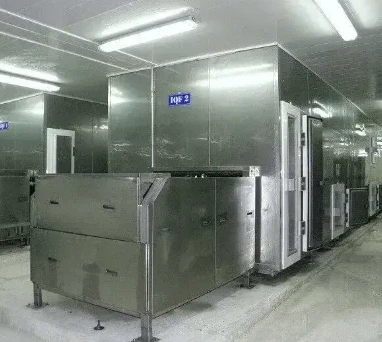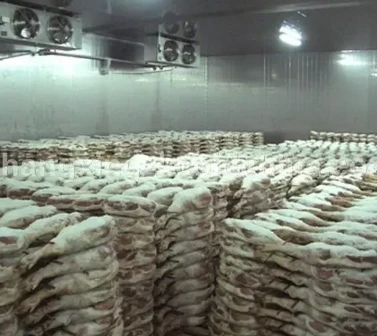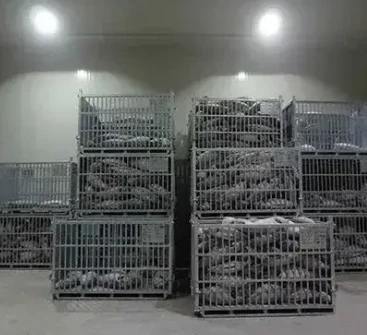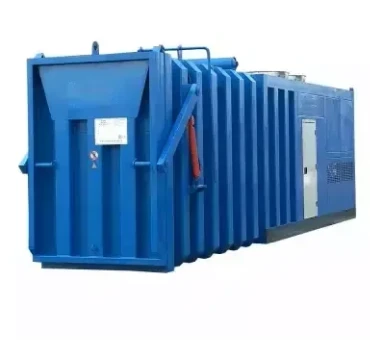Cold Room Cold Room
Cold rooms, often known as walk-in freezers or refrigeration rooms, are essential components in various industries, particularly in food storage, pharmaceuticals, and logistics. These specialized rooms provide temperature-controlled environments to keep perishable goods fresh and maintain the efficacy of sensitive products. In this article, we will delve into the significance of cold rooms, their typical uses, essential components, and the benefits they offer. By the end, you will understand why cold rooms are crucial in modern business operations.
Cold rooms are primarily used to preserve the quality of temperature-sensitive items by maintaining a consistent and controlled climate. This controlled environment helps prevent spoilage, reduce waste, and ensure that products meet safety and regulatory standards. They come in various sizes, ranging from small units for individual businesses to large facilities for industrial use. The key to their effectiveness lies in maintaining a stable temperature, often set between -20°C and 10°C, depending on the stored items' needs.
One of the most common applications of cold rooms is in the food industry. Restaurants, supermarkets, and food processing plants rely heavily on these rooms to keep meat, dairy, produce, and other perishable goods fresh. By storing these items at the appropriate temperature, cold rooms extend their shelf life and ensure they remain safe for consumption. Additionally, cold rooms are critical in preventing bacterial growth and other forms of contamination, which is essential for public health.
Cold rooms also play a significant role in the pharmaceutical and healthcare industries. Vaccines, medications, and other medical supplies often require specific temperature ranges to remain effective. Cold rooms ensure that these products are stored properly, preventing degradation or loss of potency. This is especially important in hospitals, clinics, and research facilities where the integrity of medical products is paramount.
The key components of a cold room include the refrigeration system, insulation, and temperature controls. The refrigeration system typically consists of compressors, condensers, and evaporators, which work together to maintain the desired temperature. Insulation is crucial to prevent heat transfer, ensuring the cold room remains energy-efficient. Finally, temperature controls allow operators to monitor and adjust the internal environment to meet specific requirements.
In terms of benefits, cold rooms offer several advantages. They reduce waste by preserving perishable goods, leading to cost savings for businesses. Cold rooms also ensure product safety, which helps companies comply with regulations and maintain a positive reputation. Additionally, by maintaining a consistent temperature, cold rooms contribute to energy efficiency and sustainability, reducing the carbon footprint associated with food and product waste.
In conclusion, cold rooms are indispensable in many industries, offering a reliable solution for preserving and storing temperature-sensitive items. Their flexibility in size and design makes them suitable for a wide range of applications, from small-scale food storage to large industrial operations. By understanding the key components and benefits of cold rooms, businesses can make informed decisions about their refrigeration needs and ensure the safety and quality of their products. Ultimately, cold rooms play a vital role in reducing waste, maintaining safety, and contributing to a sustainable future.
















































































































